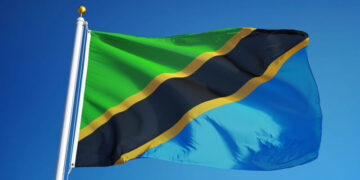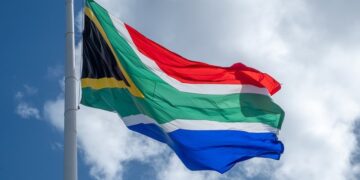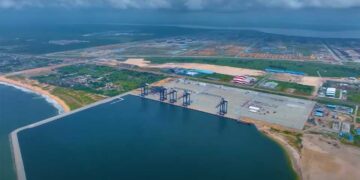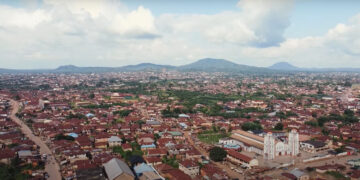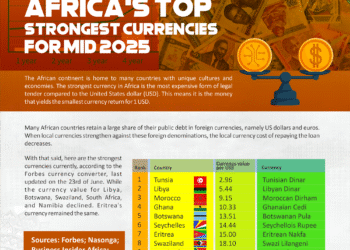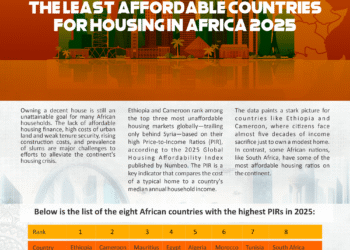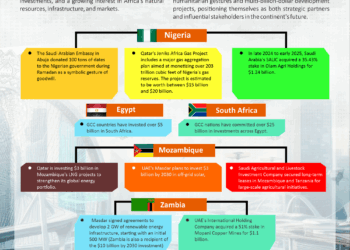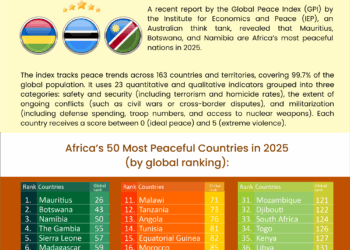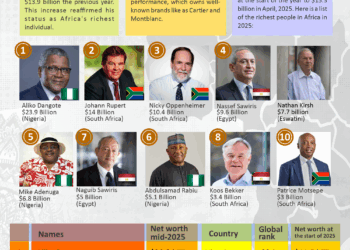Climate action in Africa involves efforts to reduce greenhouse gas emissions and prepare for the effects of climate change. Meanwhile, climate change is the defining challenge of our time, and Africa stands at its forefront. Despite contributing minimally to global greenhouse gas emissions, the continent often bears the brunt of climate impacts — dragging down economies, lives, and communities. In Sub-Saharan Africa, for example, many of the things’ people depend upon and value — water, energy, transportation, wildlife, agriculture, ecosystems and human health — are at risk from the effects of a changing climate. African nations have responded with robust Nationally Determined Contributions (NDCs), outlining their plans to reduce emissions and adapt to climate change. However, a significant hurdle remains: financing these ambitious goals.
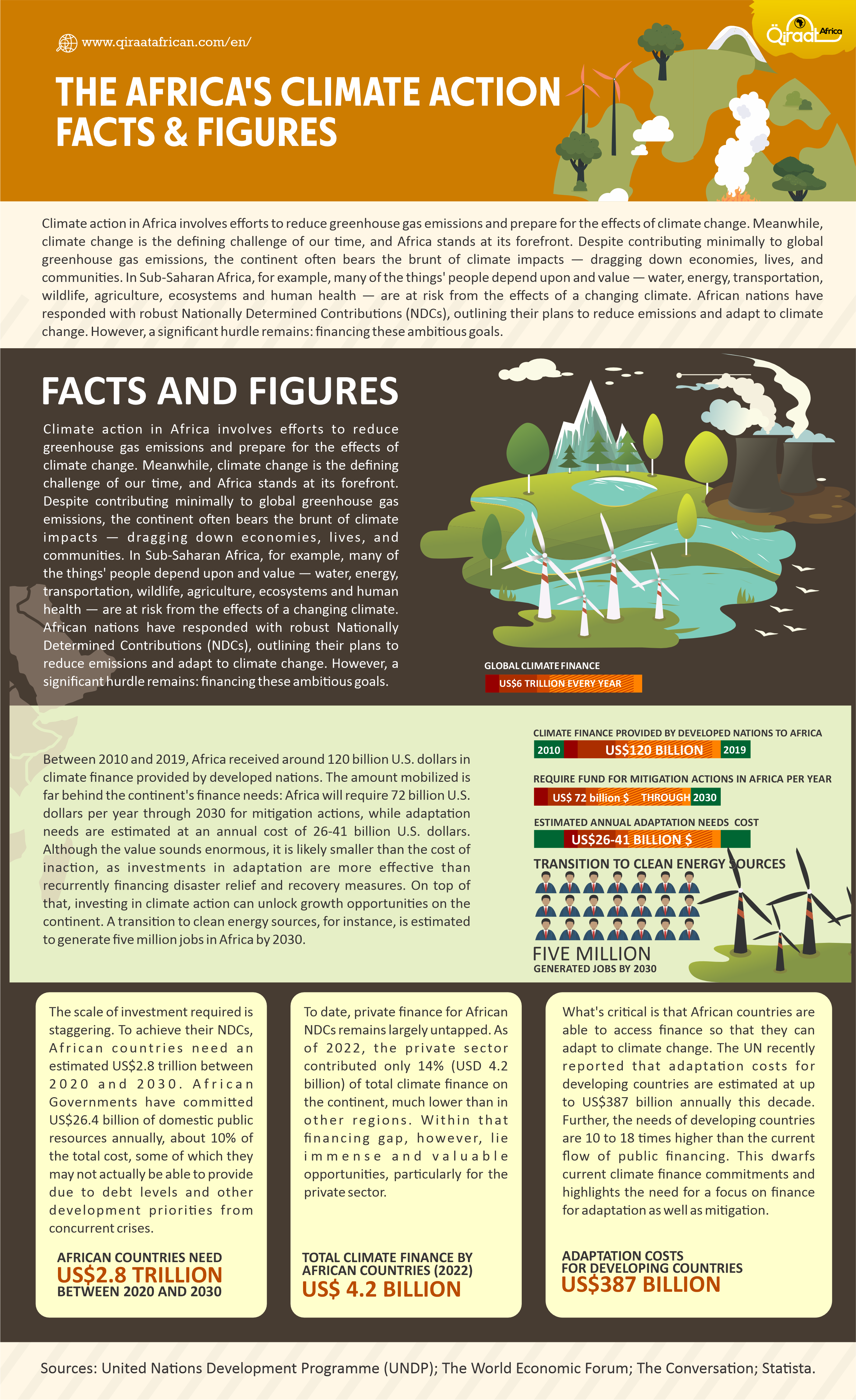
Facts & Figures
Global climate finance need is estimated to be at least US$6 trillion every year. But disbursements fall way short at US$1.3 trillion in 2021/2022. Contributing minimally to global greenhouse gas emissions, the continent often bears the brunt of climate impacts — dragging down economies, lives, and communities. African nations have responded with robust Nationally Determined Contributions (NDCs), outlining their plans to reduce emissions and adapt to climate change. However, a significant hurdle remains: financing these ambitious goals.
- Global climate finance – US$6 trillion every year.
Between 2010 and 2019, Africa received around 120 billion U.S. dollars in climate finance provided by developed nations. The amount mobilized is far behind the continent’s finance needs: Africa will require 72 billion U.S. dollars per year through 2030 for mitigation actions, while adaptation needs are estimated at an annual cost of 26-41 billion U.S. dollars. Although the value sounds enormous, it is likely smaller than the cost of inaction, as investments in adaptation are more effective than recurrently financing disaster relief and recovery measures. On top of that, investing in climate action can unlock growth opportunities on the continent. A transition to clean energy sources, for instance, is estimated to generate five million jobs in Africa by 2030.
- Climate finance provided by developed nations to Africa (2010 – 2019) – US$120 billion.
- Mitigation actions in Africa – US$72 billion per year through 2030.
- Adaptation actions in Africa – US$26-41 billion per year through 2030.
- Transition to clean energy sources – 5 million jobs in Africa by 2030.
The scale of investment required is staggering. To achieve their NDCs, African countries need an estimated US$2.8 trillion between 2020 and 2030. African Governments have committed US$26.4 billion of domestic public resources annually, about 10% of the total cost, some of which they may not actually be able to provide due to debt levels and other development priorities from concurrent crises.
- African countries need – US$2.8 trillion between 2020 and 2030.
To date, private finance for African NDCs remains largely untapped. As of 2022, the private sector contributed only 14% (USD 4.2 billion) of total climate finance on the continent, much lower than in other regions. Within that financing gap, however, lie immense and valuable opportunities, particularly for the private sector.
- Total climate finance by African countries (2022) – US$ 4.2 billion.
What’s critical is that African countries are able to access finance so that they can adapt to climate change. The UN recently reported that adaptation costs for developing countries are estimated at up to US$387 billion annually this decade. Further, the needs of developing countries are 10 to 18 times higher than the current flow of public financing. This dwarfs current climate finance commitments and highlights the need for a focus on finance for adaptation as well as mitigation.
- Adaptation costs for developing countries – US$387 billion
ـــــــــــــــــــ
Sources: United Nations Development Programme (UNDP); The World Economic Forum; The Conversation; Statista.



